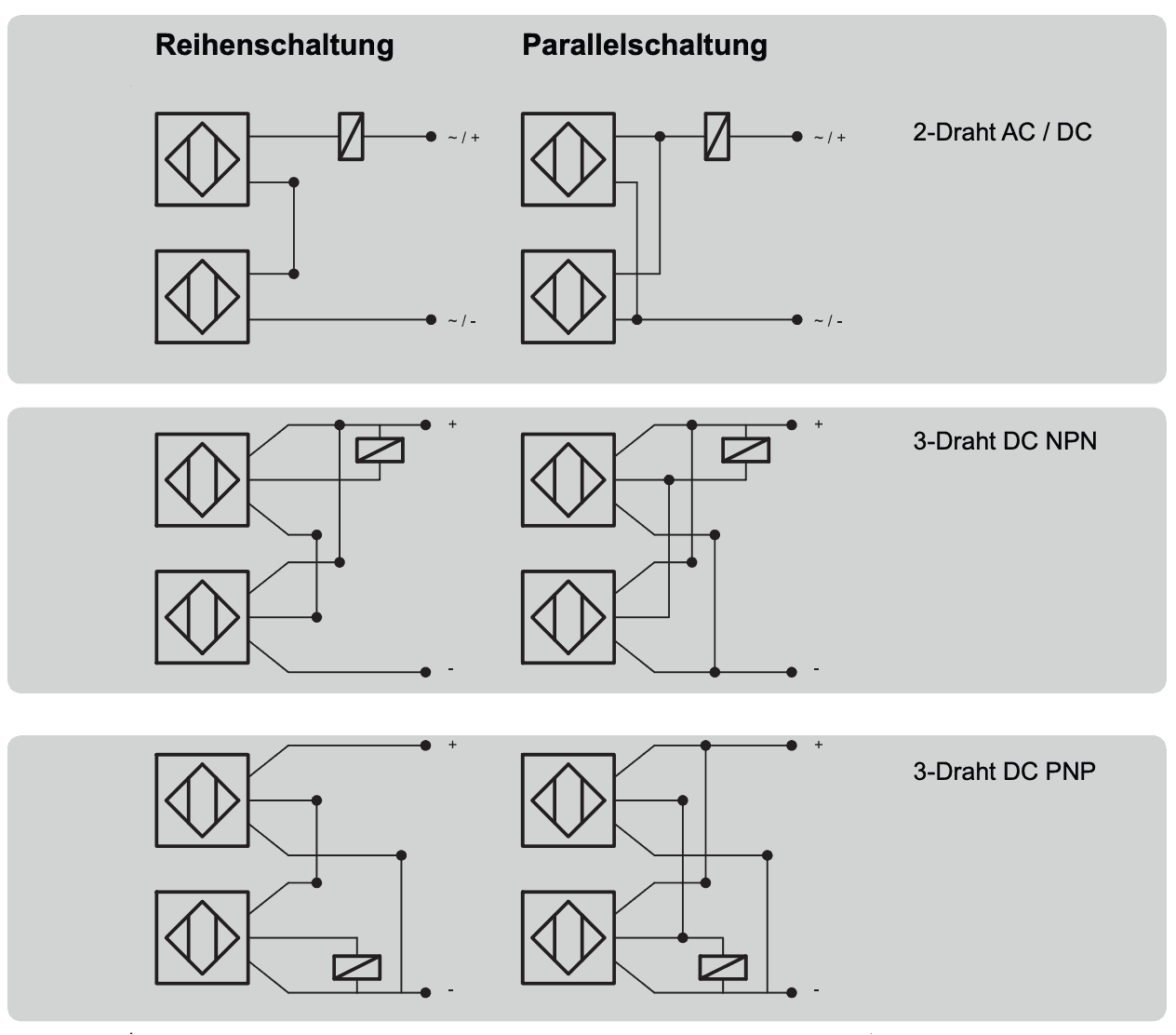电容式传感器:在非常小的区域进行物体有无和距离的检测

Capacitive sensor: presence checks and distance measurements in very small areas
A capacitive sensor is ideally suited to carry out presence checks and distance measurements in very small areas. The values can be determined exactly, down to the nanometre. That is why the sensors are suitable for a broad range of applications. They can be used, for example, in smartphone touchscreens, in scanning tunnel microscopes or in assembly systems.
How does a capacitive sensor work?
Capacitive sensors function by using the principle of an ideal plate capacitor. One plate is the sensor itself. The other is the measurement object, which lies across from it. An electrical field is generated between the two plates. A protection ring around the device structure ensures that the electrical field is as homogenous as possible. If an object enters the field, the distance between the two plates changes. This can be measured.
The measuring procedure – how does a capacitive sensor carry out its measurements?
The two plates as electrically conductive bodies store a charge (Q). The ratio between this charge and the electrical voltage (U) is referred to as its capacity (C). C = Q/U.
In a capacitive sensor, the charge is dependent on the size (A) of the plates or electrodes as well as the material of the dielectric (the space between the plates in which the electrical field exists). The code letter e (“dielectric number”) indicates the permittivity (“permeability for electrical fields”) of the dielectric. The voltage is the inverse value of the distance of the two plates (d) from each other.
A capacitive sensor then carries out a calculation using the formula C = eA/d.
As an ideal example for a measuring procedure: e for a vacuum has the value “1”, and the sensor makes use of this fact. Every other material has a higher dielectric number. If another material enters the electrical field, the capacity increases, as the above formula shows. The sensor is triggered. As an example: Capacitive sensors serve to measure the abrasion of brake discs. These deform minimally through use. The disc bends into the electrical field – the capacity increases as a result and the sensor is triggered. (Air has an e-value of 1.00059. All other materials will have a higher dielectric number.)
A touchscreen functions in a similar way – a capacitive pressure sensor is used to act as a pulse generator. Light pressure on the glass will cause a membrane to move into the dielectric. The change is registered and the intended command is triggered, for example the opening of an app.
Which conductive materials are used for capacitive sensors?
The following can be used, for example:
– Metals
– Acetone
– Water
– Ink
In general, conductive media are suitable when their conductivity > 20 µS/cm. µS in this case stands for the Mikrosiemens resistance value.
That is why a capacitive sensor is also suitable, for example, for the filling level monitoring of liquids, paste-like substances or bulk goods. By default, our models can handle temperatures from -25 to +70 degrees. Temperature-resistant models with a range from -200 to +250 degrees can also be ordered, so the sensors let can be used in machines, systems and vehicles without a problem. The housing of the sensors ensures that they are not affected by soiling, impacts and water (up to IP68 waterproof, depending on the model).
What kind of materials can a capacitive sensor detect?
A capacitive sensor generally responds well to all materials whose electrical conductivity < 20 µS/cm. It should only be noted that e should be as high as possible. If the number is too small and approaches the value of the insulating material in the dielectric too much, then the differentiation will become all the more difficult. As an example: Alcohol has an e-value of 25 and can thus be detected quite well. Thin paper has an e-value of 1.2 and is therefore problematic – as a result, special sensors are more suitable for such individual applications (sensors directly developed for the customer).
Serial or parallel connection
Two- and three-wire proximity sensors with binary output can be operated in serial or parallel connections, similar to mechanical contacts. What should be kept in mind is the device-typical drop in voltage, the residual voltage Ud, which is multiplied depending on the number of devices in a serial connection. In a parallel connection of sensors with a thyristor output, the output switched first assumes the total load current.

